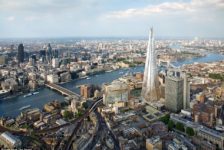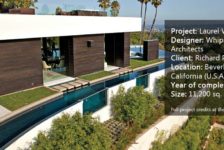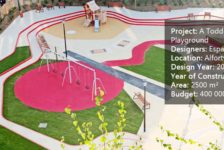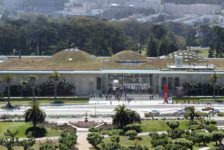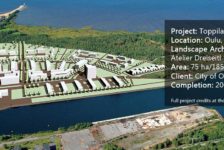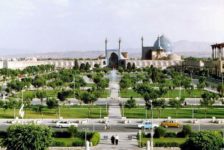Rio Madrid by West 8. There is something special about urban revitalization projects: they not only restore the physical environment but also confidence and hope on urban dwellers. Madrid Rio, with its generous green spaces, is a great example of a refreshing project that we, city inhabitants, are so in need of in a time of uncontrolled urbanization. What once was an intrusive motorway is today an amazing six-miles-long urban park that connects people and districts, showing us that it is possible to empower people through design.
The Design Located in the heart of Madrid, in Spain, Madrid Rio comprises a total area of 80.000 m² and demanded an investment cost of 280 million Euros. The master plan was designed by West 8 in collaboration with MRIO Arquitectos, led by Ginés Garrido Colomero. The complex embraces a total of 47 projects, being the first ones completed in spring 2007 and reaching its final completion in 2011. The interventions include several bridges, boulevards and parks that contribute to provide better link between the districts located along the Manzanares river. The project elegantly incorporates the waterfront into the landscape to create a vibrant recreational area that attracts not only the local residents but also residents of distant districts and tourists. To see how the park is highly regarded by the users – and especially by the kids, who contribute greatly to its vivacity and warmth – check out the following video:The Main Features of the Urban Revitalisation Project
Among the several individual projects, the most important are: Salón de Pinos (2010) Making reference to the pine trees, as the name suggests, this green corridor connects the old and the new urban areas along the river, creating an inviting vegetated area.
Puentes Cascara (2010) Cascara Bridges are designed as massive concrete domes, but the large scale is counterbalanced by the delicate mosaic work (by Spanish artist Daniel Canogar) that decorates the ceiling. Huerta de la Partida (first stage: 2007; second stage: 2009) A wide variety of fruit trees (including pomegranates and figs) are grouped and arranged in alternate lines to create this beautiful urban orchard. Avenida de Portugal (2007) One of the most important roads in Madrid, Portugal Avenue was relocated to a tunnel providing an underground parking and converting the area, that once was the highway, into a stunning garden to be enjoyed by the visitors. The blooming cherry trees planted in the flower-shaped cutouts on the floor create a romantic and delicate composition. The paving here is particularly stunning, where the traditional Portuguese paving technique (known as “pedra portuguesa” or “petit pavet”) was applied. Related Articles:- Turenscape Design Outstanding River Park
- Extraordinary Development Re-connects City With The River Bank
- Green Revival Brings Life Back to River Park
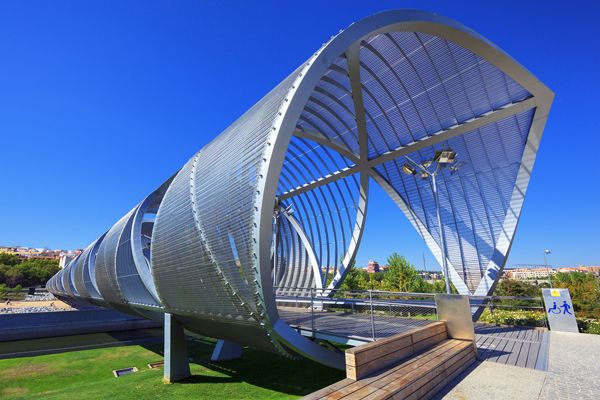
Arganzuela Bridge in Madrid Rio Park, Madrid, Spain. Designed by Dominique Perrault, it is 274 meters in length and formed by two spiral-shaped walkways; credit: prochasson frederic / shutterstock.com
- Happy City: Transforming Our Lives Through Urban Design by Charles Montgomery
- Urban Street Design Guide by National Association of City Transportation Officials
Article written by Julia Lucchese Return to Homepage
Published in Blog










